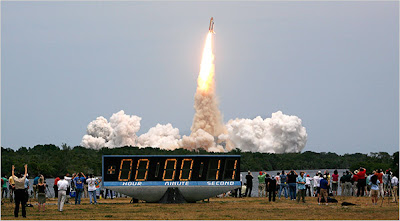 Omar Khayyam
Omar Khayyam ,(born 1048 AD, Neyshapur, Iran—1123 AD, Neyshapur, Iran), was a Persian polymath, mathematician, philosopher, astronomer and above all poet.
He has also become established as one of the major mathematicians and astronomers of the medieval period. Recognised as the author of the most important treatise on algebra before modern times as reflected in his Treatise on Demonstration of Problems of Algebra giving a geometric method for solving cubic equations by intersecting a hyperbola with a circle. He also contributed to calendar reform and may have proposed a heliocentric theory well before Copernicus.
His significance as a philosopher and teacher, and his few remaining philosophical works, have not received the same attention as his scientific and poetic writings. Zamakhshari referred to him as “the philosopher of the world”. Many sources have also testified that he taught for decades the philosophy of Ibn Sina in Nishapur where Khayyam lived most of his life, breathed his last, and was buried and where his mausoleum remains today a masterpiece of Iranian architecture visited by many people every year.
Outside Iran and Persian speaking countries, Khayyam has had impact on literature and societies through translation and works of scholars. The greatest such impact was in English-speaking countries; the English scholar Thomas Hyde (1636–1703) was the first non-Persian to study him. However the most influential of all was Edward FitzGerald (1809–83) who made Khayyam the most famous poet of the East in the West through his celebrated translation and adaptations of Khayyam's rather small number of quatrains (rubaiyaas) in Rubaiyat of Omar Khayyam.
some rubaiyaas of Omar Khayyam:
The Worldly Hope men set their Hearts upon
Turns Ashes -- or it prospers; and anon,
Like Snow upon the Desert's dusty Face
Lighting a little Hour or two -- is gone.
Come, fill the Cup, and in the Fire of Spring
The Winter Garment of Repentance fling:
The Bird of Time has but a little way
To fly -- and Lo! the Bird is on the Wing.
They say the Lion and the Lizard keep
The Courts where Jamshyd gloried and drank deep:
And Bahram, that great Hunter -- the Wild Ass
Stamps o'er his Head, but cannot break his Sleep.
Now the New Year reviving old Desires,
The thoughtful Soul to Solitude retires,
Where the White Hand of Moses on the Bough
Puts out, and Jesus from the Ground suspires.








 BOOK
BOOK 


